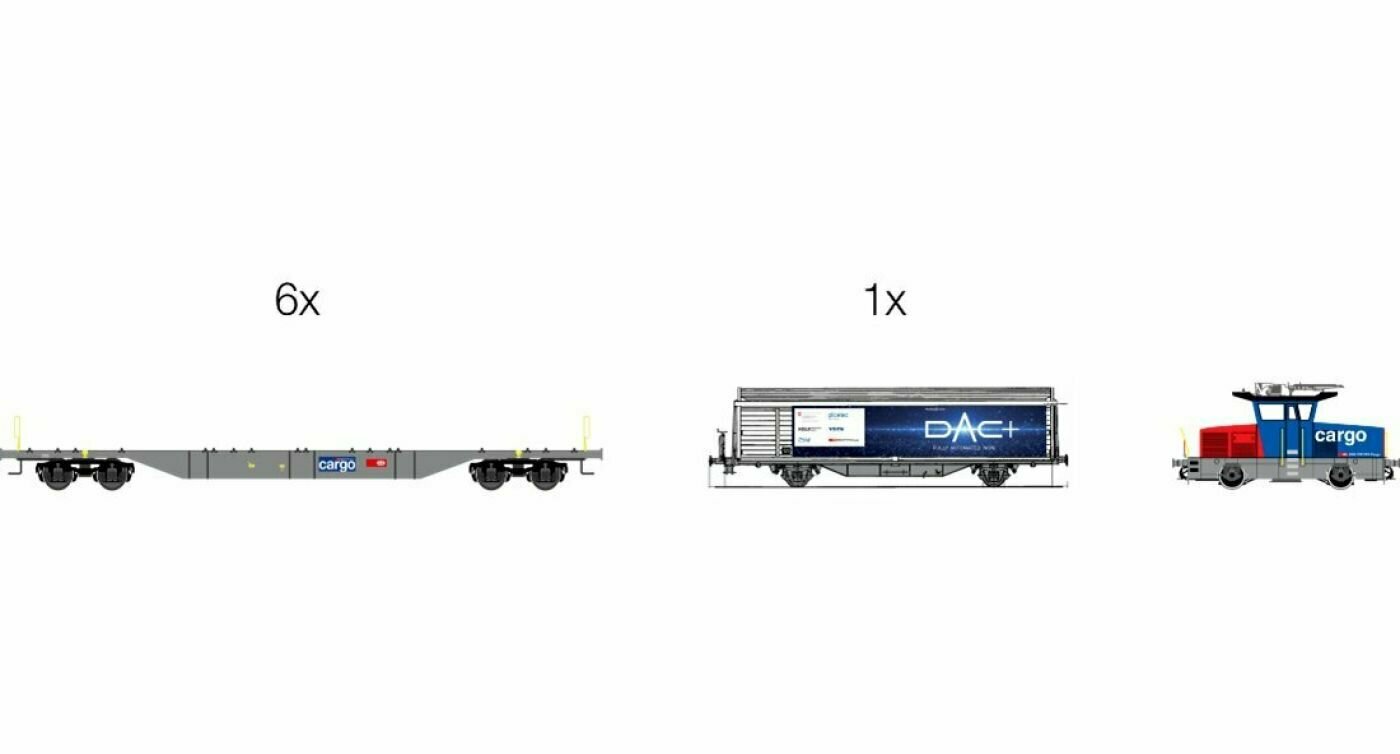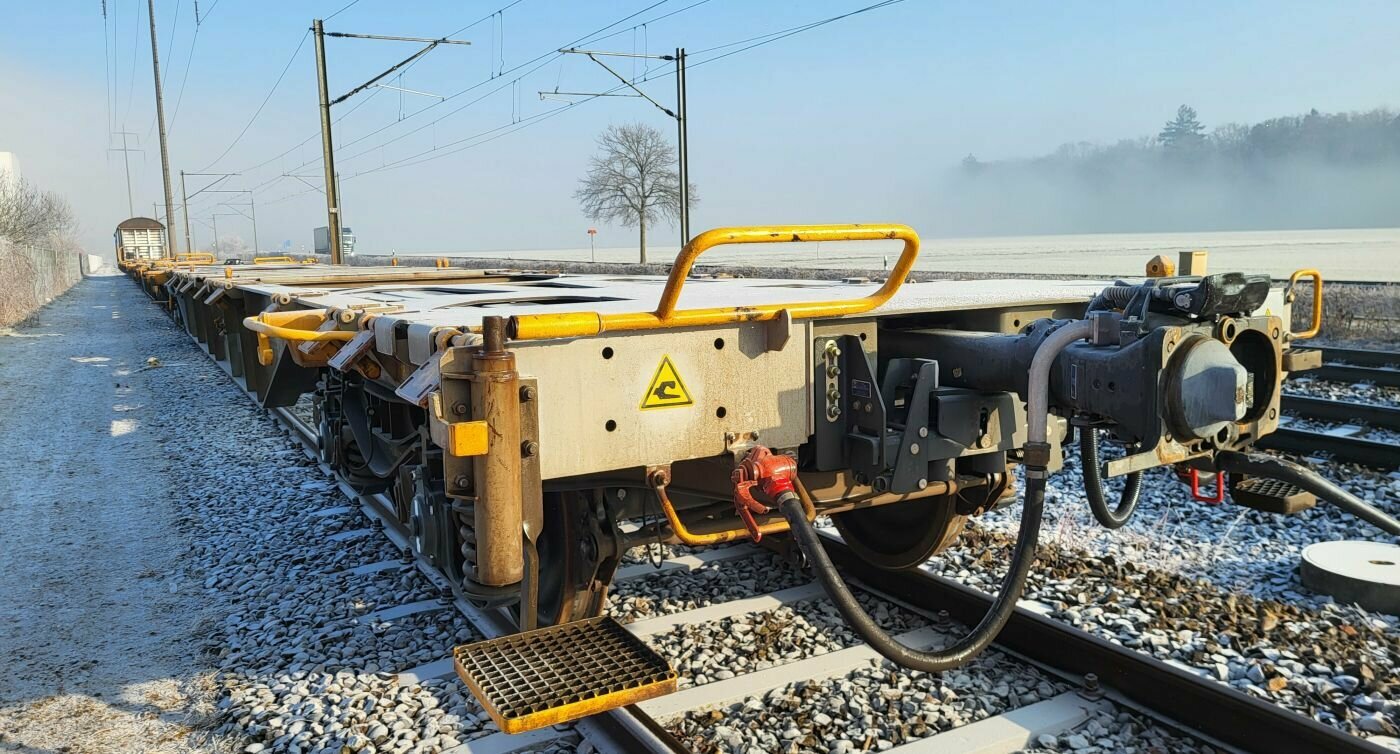Switzerland starts testing ‘DAC+’ digital freight train

A Swiss consortium that includes the Swiss Federal Railways (SBB) launched the so-called DAC+ pilot freight train. This automated freight train is equipped with an automatic coupler including a digital data line. This new initiative can be considered the next step concerning Digital Automatic Coupling (DAC) in rail freight.
The pilot train consists of six container wagons and a covered wagon that will act as a locomotive. The ‘fake’ locomotive will also be used to “integrate the power supply as well as the test and measurement devices for the other cars”, as SBB mentioned. The tests for the DAC+ train will include standstill tests of the train, train runs, and shunting work. The tests will be carried out throughout Switzerland until the end of 2023.
One of the first requirements to develop a digital freight train would be to equip all wagons with the appropriate electronics. This would allow for automatic brake tests, train integrity monitoring, intelligent energy management, remote-controlled uncoupling of the wagons, and predictive maintenance. Moreover, the new system would allow “the automatic detection of the wagon sequence and the direction of the individual wagons”, as SBB pointed out.

Testing how to implement DAC data transmission
The pilot train will be also useful to test two technologies for the implementation of DAC and how to transmit the data. The first one is the Powerline PLUS Train Backbone (PTB). As SBB explained, PTB allows for data transmission directly via power cables and plugs. This means that there is no need to add data cables, electrical contacts, or plugs to the infrastructure.
The second technology is Single Pair Ethernet (SPE), which transmits the data via dedicated data lines and additional electrical contacts in the DAC rather than the power lines. “An SPE solution optimized for freight traffic is currently still in development”, SBB added. Once the SPE will be available, it will be compared to PTB to see which one is a better fit for the project.

Digital Automatic Coupling
In Europe, freight wagons are currently connected manually to the screw coupling. With each coupling process, a screw weighing more than 20 kilos has to be lifted and the air line connected. This accident-prone activity has to be carried out around 300 times per shift, regardless of the weather. DAC automates this process making it faster and safer. The European consortium DAC4EU has been testing digital automatic couplings for rail freight transport as part of a research project commissioned and financed by the German Ministry for Digital Affairs and Transport.
Also readL:




